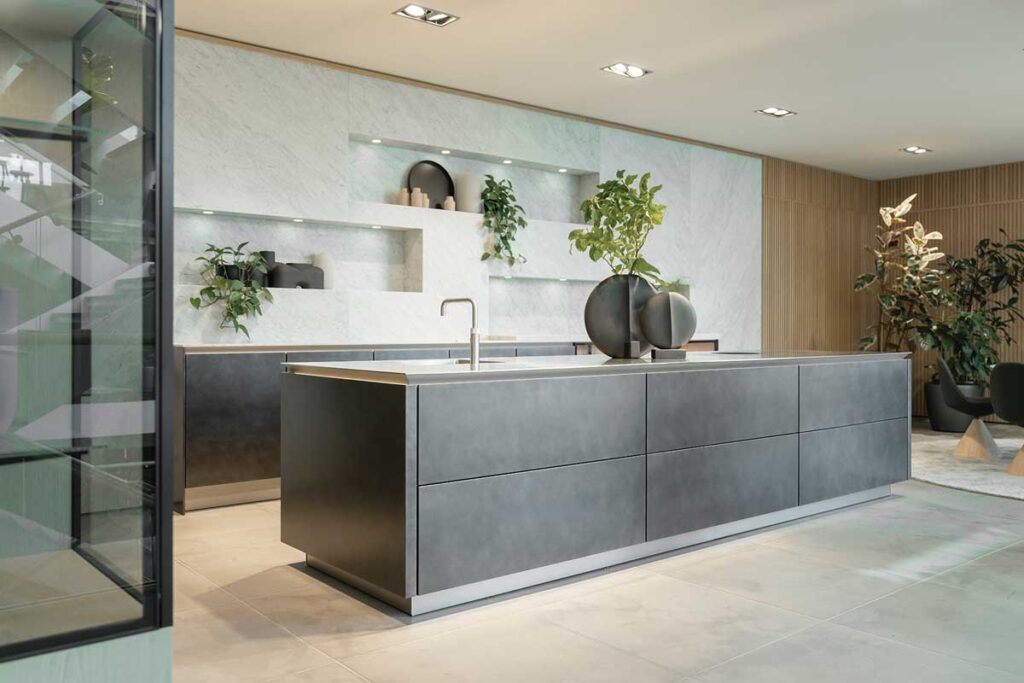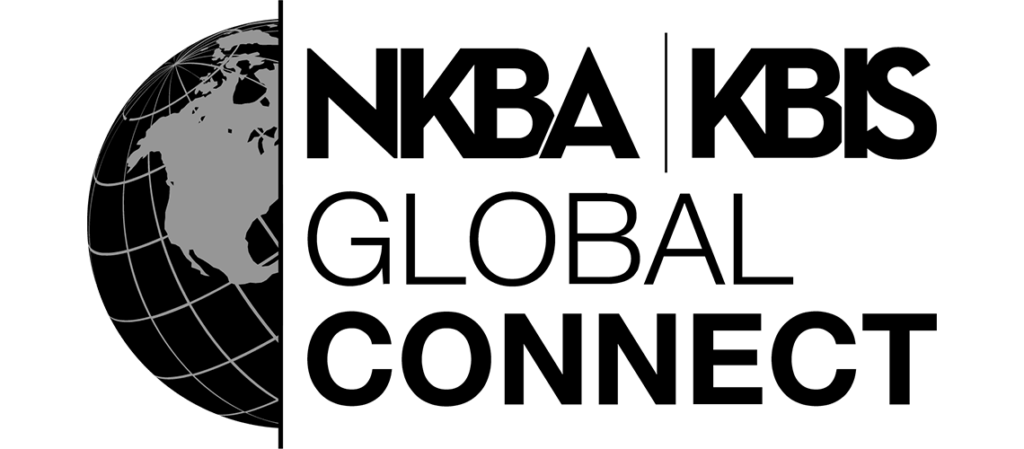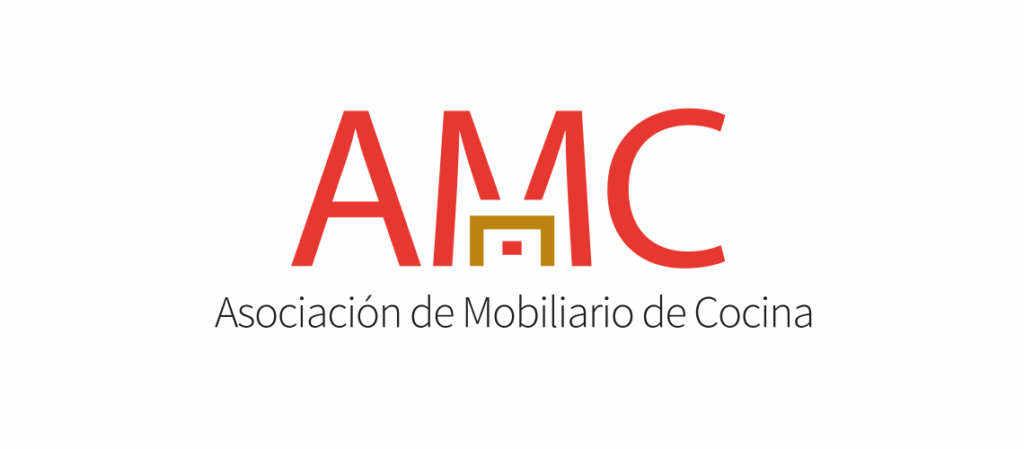Mortgage rates, lower savings, home equity per household, and other housing market factors are impacting the industry.
By Elisa Fernández-Arias
Following a surge in home improvement spending during 2020-2022, overall kitchen and bath remodeling in 2023 is slowing in the face of several persistent economic challenges – decreases in household savings, elevated mortgage rates and a decline in consumer sentiment regarding personal finances.
NKBA’s recently released 2023 Kitchen & Bath Market Outlook Update, however, reports that some consumer segments are more upbeat about their personal finances and are moving forward with 2023 kitchen and bath remodeling plans. And the longer term kitchen and bath remodeling outlook remains strong due to millions of homes entering prime remodeling years, elevated levels of home equity and pent-up demand from projects being deferred until economic conditions improve.
Homeowners and K&B Remodels
About 80 percent of outstanding mortgages are locked in at rates below 5 percent, which is far lower than current rates and driving these homeowners to stay put and remodel vs sell. Another factor impacting homeowners’ shift toward kitchen and bath remodels is the increase in home equity per household.
Homeowner equity is also at record levels: $333,000 in Q1 2023, an increase of $59,000 since 2019 (adjusted for inflation). With 22 percent more equity in their homes today vs pre-pandemic, some homeowners are choosing to remodel their kitchens or baths despite uncertain and challenging economic conditions.
Home equity gains have been driven by home price appreciation since 2012, with Miami showing the biggest gain at 200 percent. This is followed by Tampa (191 percent), Las Vegas (176 percent), Orlando (172 percent) and Atlanta (166 percent). The gains persisted despite some home equity lost to declines in home values since 2022, especially in the West.
Despite these gains, cash-out refinances have declined because of rising rates, temporarily depressing short-term demand for remodeling. However, once rates have normalized, some who have been waiting to take out these loans will do so, freeing pent-up remodeling demand.
Difference Among Income Tiers
Highest income tier households are less sensitive to mortgage rates and continue investing in luxury kitchen and bath remodels. Only 14 percent of funding sources for kitchen and bath repair and remodel (R&R) projects were tied to rates for these households, with annual household income greater than $160,000. This compares to 20 to 28 percent for households in lower income tiers.
Households with higher incomes were also feeling more optimistic about personal finances compared to six months ago. Sentiment was 100 out of 140 in May 2023 for households in the top third income tier, up from 85 in December 2022. For those in the middle income tier, sentiment was also up to 87 from 74. Households in the bottom third income tier, however, showed a drop in sentiment to 71 from 73.
A Deeper Dive
To learn more about these and other insights from NKBA’s midyear 2023 K&B Market Outlook, download the full report here.
This article is the second in a series of articles about the midyear 2023 K&B Market Outlook, with the third installment scheduled to be released next week.























